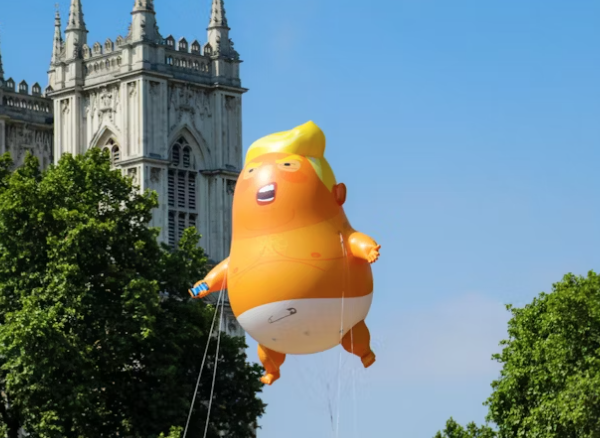$RIO $GLNCY $BTC
#Greenland #Mining #Resources #EconomicPotential #Arctic #Trump #Commodities #Investment #RawMaterials #EnergyTransition #Geopolitics #Crypto
The strategic allure of Greenland has captured the attention of the political and business spheres alike, with former President Donald Trump famously expressing interest in acquiring the Arctic island. While his proposal was largely met with skepticism, the broader implications for Greenland are anything but trivial. The island, with its vast reserves of untapped resources, is a potential goldmine for mining companies, global investors, and governments seeking to secure critical raw materials. As the global transition to clean energy accelerates, Greenland’s rich deposits of rare earth elements, uranium, precious metals, and other materials essential for manufacturing batteries, wind turbines, and electric vehicles have made the island a focal point of geopolitical interest.
Currently, Greenland’s resource potential remains largely underexplored and untapped, with only a few mining companies, such as Rio Tinto ($RIO) and Glencore Plc ($GLNCY), expressing interest in developing projects in the region. Analysts argue that the island’s mining sector faces significant hurdles, including limited infrastructure, harsh weather conditions, and regulatory complexities tied to Greenland’s semi-autonomous governance under Denmark. However, these challenges have not deterred resource-hungry nations such as China and the U.S., which recognize Greenland’s role in the global supply chain for critical minerals. Furthermore, as cryptocurrency mining increases competition for energy resources globally, Greenland, with its abundant renewable energy potential, could attract players from the digital asset space like $BTC miners seeking cost-efficient energy sources.
From a financial standpoint, Greenland’s resource extraction could unlock substantial economic opportunities for both private investors and the Greenlandic government. Mining companies able to establish early operations could secure first-mover advantages, while investors could benefit from exposure to rare earth elements—essential commodities whose prices may rise under increasing global demand. For example, the rare earth market has seen steady growth, with prices for certain elements like neodymium and dysprosium doubling over the past decade due to their use in green technologies. However, the development of Greenland’s mining potential would require significant capital investment, potentially compelling companies to seek partnerships or attract funding from sovereign wealth funds or international agencies focused on sustainable mining practices.
Geopolitically, Greenland’s resource potential is increasingly intertwined with the race for Arctic dominance. The warming Arctic climate, which some view as a crisis and others as an opportunity, is melting ice and unlocking new shipping lanes and access to resources, further heightening interest in Greenland’s prospects. While advocates for development argue that mining could improve the island’s economic self-sufficiency and reduce reliance on Denmark, environmental groups warn of the ecological risks and disruptions to indigenous communities. This tension creates a complex narrative for investors and stakeholders, who must carefully weigh short-term financial gains against long-term sustainability considerations. As global players vie for influence in the Arctic, Greenland is likely to remain a flashpoint in the intersection of resource economics, environmental ethics, and geopolitical strategy.







Comments are closed.